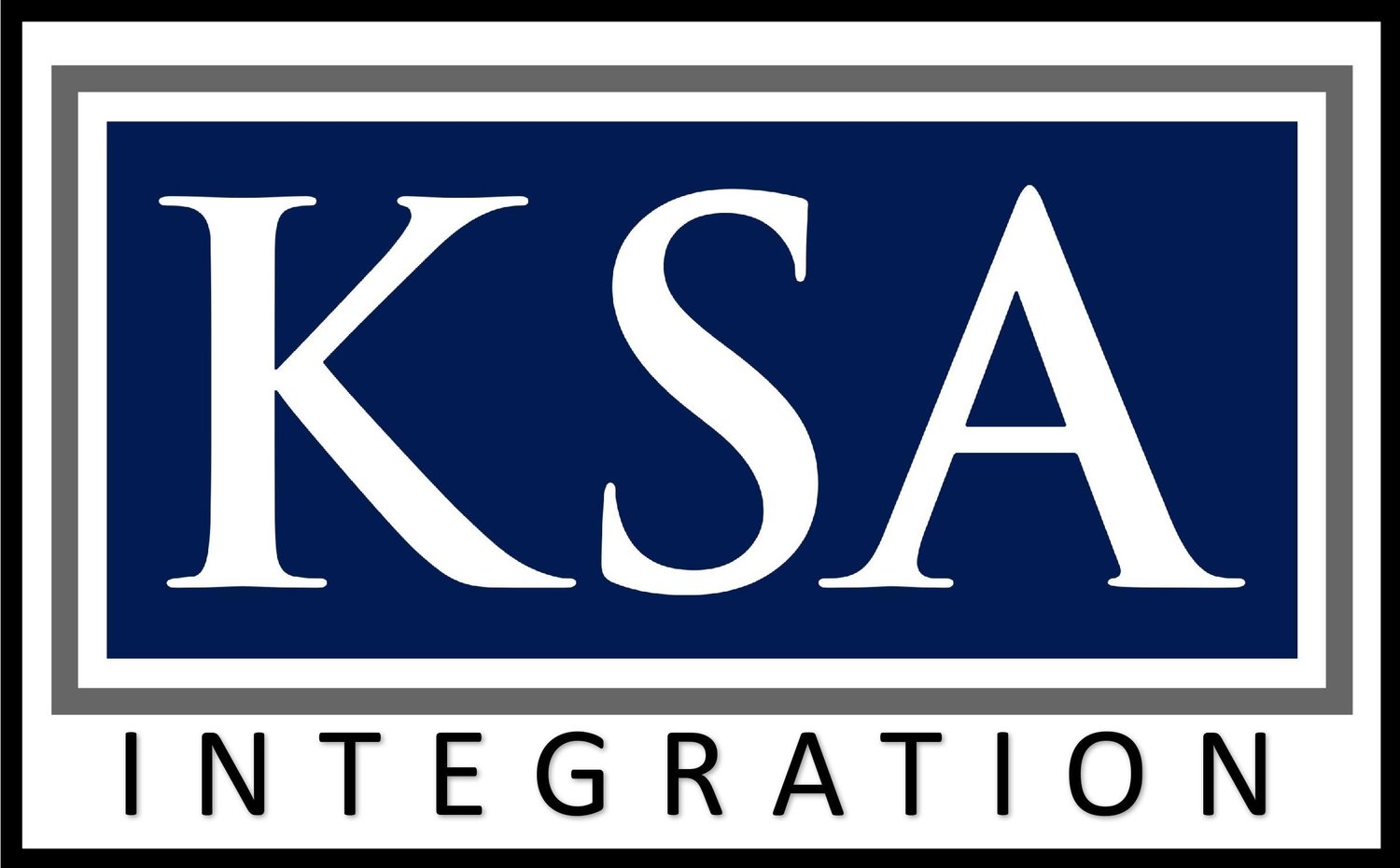Organizational Structures Create Processes
- March 15, 2022
- Posted by: k-admin
- Category: Organization and Processes

Almost every business and organization has an organizational diagram with boxes connected by lines that depict functional and hierarchical relationships of the departments, divisions, branches, and offices within. These diagrams are a useful starting point to understanding general relationships within the company, but can’t convey much about how the elements work together.
As important as the diagram “boxes” are, it’s just as important to understand the purpose of the lines connecting the boxes. In broad terms, these lines represent the processes of the business. Along these lines should flow the planning, coordination, decision making, information sharing, assessing, and more.
The lines are the nervous system of the company; the neural activity that connects the capability and capacity in order to produce action. If the processes represented by the lines are efficient and effective, the company or organization has a head start on being a high performing entity. Conversely, if the processes represented by the lines are inadequate, this shows up as dysfunction, inefficiency, and low performance.
A good example are decision making processes. Every business makes decisions all day long. Some are simple and straight forward, others are complex. The complex ones require preparation, planning, coordination, research, and staffing if the best decision is to be taken; 1) What are the facts that matter? 2) What do they mean in this decision? 3) What do we do about it? But many organizations have flawed or no decision support process to help senior leaders come to the best resolution(s). The results are usually mediocre decisions and lousy organizational performance. I see it all the time.
The structural arrangement of the company is important, but the process that connect the parts are equally important and usually overlooked by leaders. All too frequently companies reorganize themselves to solve what is in reality a process problem. Leaders need to understand the symbiotic relationship between organizational structure and processes.
Keith Stalder, #62
Keith Stalder Copyright © 2017 KSA, LLC. All rights reserved.
Keith Stalder has over 40 years of leadership experience in organizations from the very large and established to small technology start ups and everything in between. With a broad and deep appreciation for, and understanding of, the fundamental challenges of organizations and businesses, both in government and the private sectors, his passion is to help all organizations become all that they aspire to. He is the founder of KSA, LLC, a company dedicated to advancing organizational visions and fundamentally transforming how businesses everywhere are run. Visit www.ksaintegration.com for more information.
